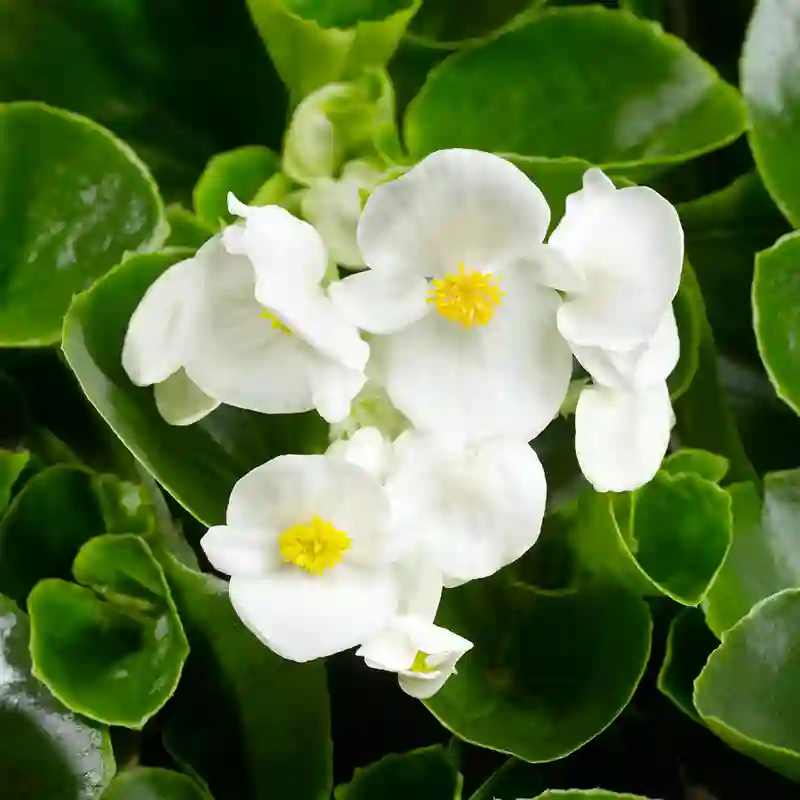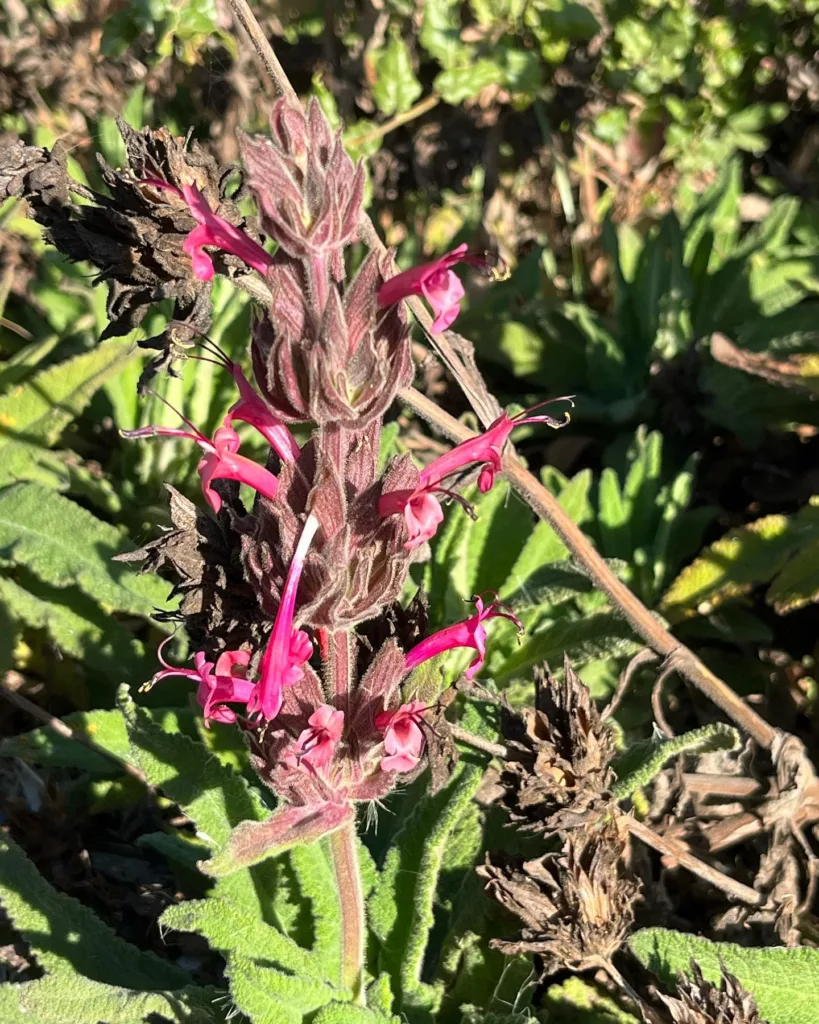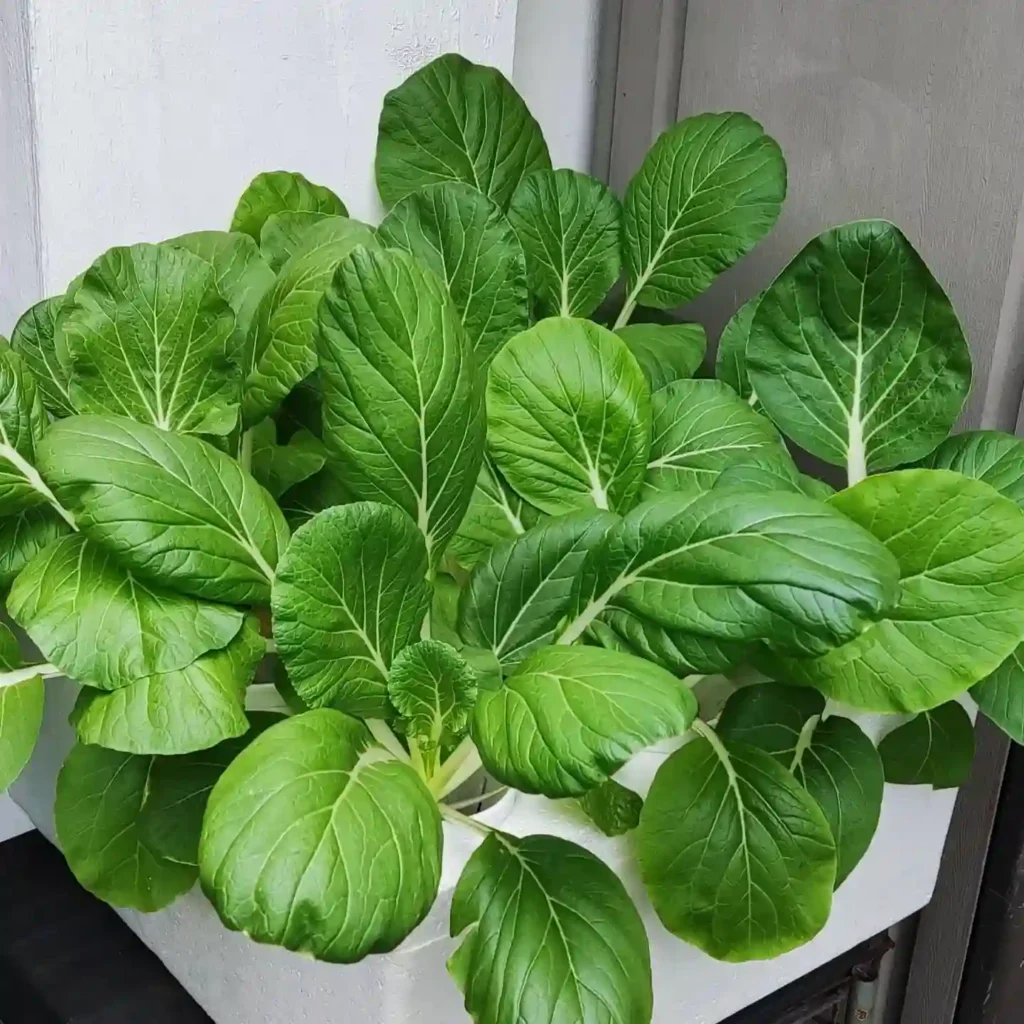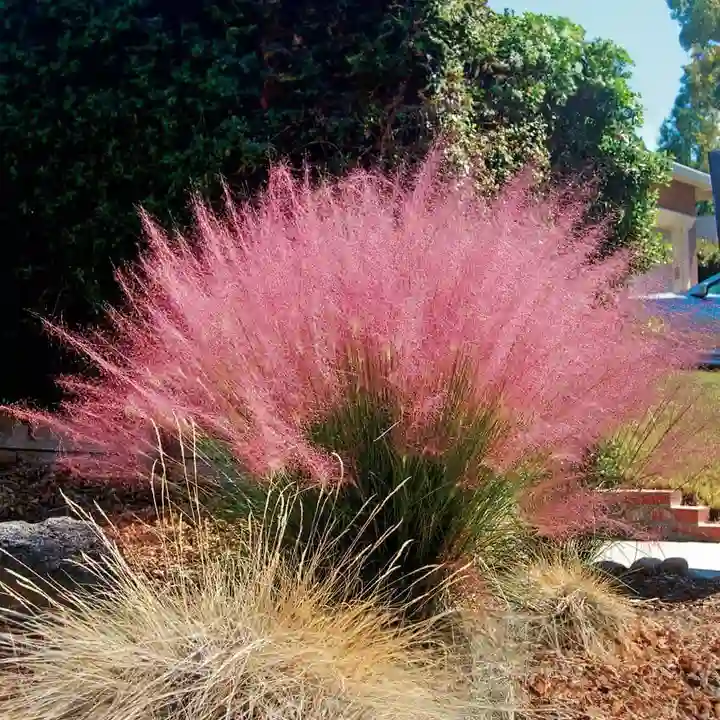What is Nepenthes Robcantleyi?
As a passionate carnivorous plant enthusiast, I’ve always been captivated by the otherworldly beauty and deadly elegance of pitcher plants. But among these captivating predators, the Nepenthes robcantleyi holds a special place in my heart. This magnificent giant from the misty highlands of Mindanao Island in the Philippines boasts some of the largest and most mesmerizing pitchers in the entire genus.
Cultivating Nepenthes robcantleyi, however, is no easy feat. It’s a rare and demanding carnivore, pushing the boundaries of what most hobbyists can manage. But the challenges only fuel my fascination. Today, I want to share my experiences and delve into the captivating world of this unique pitcher plant.
Plant Family: Nepenthaceae – 207 Species in Genus Nepenthes
Why is Nepenthes Robcantleyi So Rare?
Nepenthes robcantleyi’s rarity stems from a confluence of factors. Firstly, its habitat – the cool, high-altitude regions of Mindanao – is limited and faces threats like deforestation. These highland sanctuaries are naturally less accessible, reducing the chances of discovery and collection.
Secondly, Nepenthes robcantleyi itself is a slow grower. Unlike some faster-growing Nepenthes, it takes its sweet time to mature and produce its iconic pitchers. This slow pace makes propagation efforts more challenging and contributes to its limited availability.
Finally, there’s a fascinating taxonomic twist. Nepenthes robcantleyi was once considered a dark-colored, highland form of its close relative, Nepenthes truncata. Recent scientific studies, however, suggest they might be distinct species. This taxonomic confusion adds another layer to the challenge of identifying and acquiring true Nepenthes robcantleyi.
The Allure of the Pitcher: Beyond Size
While the sheer size of Nepenthes robcantleyi’s pitchers is certainly awe-inspiring, their true beauty lies in the intricate details. The peristome – the rim around the pitcher’s mouth – is wide and flat, resembling a dinner plate in some cases. This wide platform often boasts vibrant red and orange coloration, acting as a visual lure for unsuspecting prey.
The pitchers themselves come in a range of captivating colors. They can be a deep, almost black shade, or a mesmerizing combination of red, green, and purple. The intricate patterning and waxy sheen add to the otherworldly appeal.
How to Care for Nepenthes Robcantleyi?
Successfully cultivating Nepenthes robcantleyi requires meticulous attention to its specific needs. Here are some key considerations:
- Temperature: Mimic its cool, highland habitat. Aim for daytime temperatures between 73-79°F (23-26°C) and nighttime temperatures dropping to 55-61°F (13-16°C).
- Humidity: Maintaining high humidity (around 80%) is crucial. Consider terrarium setups or regular misting.
- Light: Provide bright, indirect light. Avoid harsh midday sun, as it can scorch the leaves.
- Water: Use distilled or rainwater to avoid mineral build-up. Keep the potting media consistently moist but not soggy.
- Feeding: While Nepenthes robcantleyi can obtain nutrients from captured prey, occasional feeding with diluted orchid fertilizer or crushed insects can be beneficial.
The Patient Path: Propagating Nepenthes Robcantleyi
Due to its slow growth and rarity, propagating Nepenthes robcantleyi can be a long and challenging process. However, there are two main methods:
- Seed Propagation: This method requires fresh seeds, which can be difficult to obtain. Germination can take months, and seedlings require meticulous care.
- Basal Cuttings: Taking cuttings from mature plants offers a faster option, but mature Nepenthes robcantleyi specimens are themselves rare.
No matter the chosen method, success relies on providing ideal growing conditions and exercising extreme patience.
A Labor of Love: The Rewards of Cultivation
Cultivating Nepenthes robcantleyi is undeniably challenging, but the rewards are immeasurable. Witnessing this magnificent plant unfurl its first pitcher, its colors deepening and patterns emerging, is a truly special experience. It’s a testament to dedication, patience, and the joy of nurturing a rare and fascinating carnivore.
The Nepenthes robcantleyi may be an elusive giant in the world of pitcher plants, but for passionate enthusiasts like myself, the journey of cultivation and the final triumph are more than worth the effort.
If i die, water my plants!



